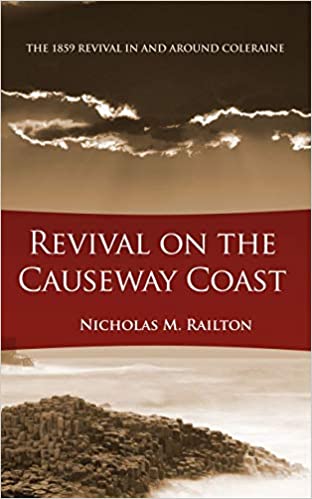This is a stimulating book to read, particularly at a time when the church is finding it increasingly difficult to bring the gospel to a culture dominated by man, materialism and secularism.
The relevance of this account is pressed home when one reads that, before the revival began, the influence of the clergy was at a low ebb. Despite many sermons against the evils of alcohol and against notable sins, there was little alteration in the lives of people. It was against such a background that God in his mercy sent the Holy Spirit to bring about revival on the Causeway coast of Ulster in 1859.
The book consists of seven chapters, each looking at the awakening from a different perspective. The author describes the social, economic and spiritual state of the community prior to 1859. A well-documented account of the revival’s effect is given, highlighting the centrality of prayer, and how God used young men ‘who had enjoyed little education and possessed few rhetorical skills’ to address crowds in Coleraine and the surrounding area.
Other subjects addressed are reactions to the revival and the opposition it brought forth in the churches, and more generally. The revival’s outworking, not least on the ‘Twelfth’ celebrations that year, show us that the awakening had a profound influence on society. Crime figures fell; there was a turning from immorality, and an increase in church membership and attendance.
The last chapter deals with the revival’s ending. This makes sober reading, especially when it shows how the church failed to build on the work of God. Such attitudes as ‘lack of compassion’ to the poor, ‘lack of love’ in the churches, and a ‘lack of wisdom’, all contributed to a decline. There are many lessons to be learned here.
This is a book I have no hesitation in recommending. It is spiritually uplifting and should stimulate God’s people to pray that the Lord will revive us again.






